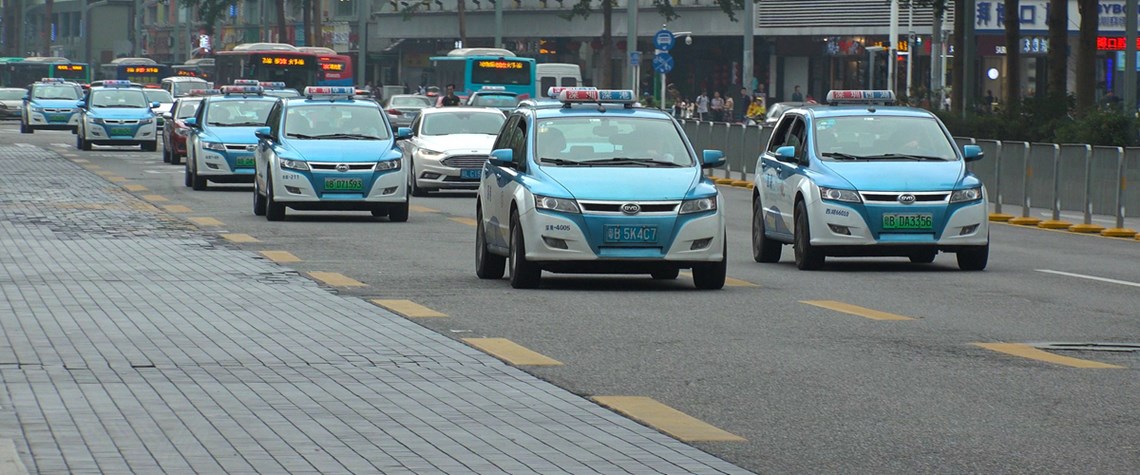Cleantech to play limited role in determining Asian demand
Oil and gas requirements in the region are unlikely to hinge on wind and solar build-out or a move to electric vehicles, at least in the near-term
Asia-Pacific countries are setting ambitious targets for expanding their renewable energy capacities as part of pathways to lower-carbon and even net-zero futures, while electric vehicles (EVs) are growing their market share. But, for regional hydrocarbons demand, these may well remain largely sideshows for the next few years. The installed capacity of renewables projects in Asia is set to reach 815GW by 2025, according to consultancy Rystad Energy. This is an increase from a 2020 level of 517GW—with solar capacity rising from 215GW to 382GW and onshore wind from 266GW to 341GW. Gas is obviously more at risk than oil of being directly impacted by renewables as a competing provider of electro

Also in this section
12 December 2025
The latest edition of our annual Outlook publication, titled 'The shape of energy to come: Creating unique pathways and managing shifting alliances', is available now
12 December 2025
The federal government is working with Alberta to improve the country’s access to Asian markets and reduce dependence on the US, but there are challenges to their plans
11 December 2025
The removal of the ban on oil and gas exploration and an overhaul of the system sends all the right messages for energy security, affordability and sustainability
10 December 2025
The economic and environmental cost of the seven-year exploration ban will be felt long after its removal







